If you’re wondering, does epoxy stick to silicone, the short answer is no.
Epoxy generally won’t bond to silicone. In fact, silicone is often chosen as a mold material because it naturally resists epoxy and other resins. This happens because silicone’s surface is smooth and non-reactive, so epoxy can’t grip or attach to it.
This gets pretty frustrating, especially if you’re working on crafts or repairs that mix these materials. But there are a few tricks—prepping the surface or picking a different adhesive can save you some headaches. Read on to discover them!
Does Epoxy Stick to Silicone?

Epoxy just doesn’t stick well to silicone surfaces, such as cured silicone, silicone caulk, or sealant.
Silicone’s low surface energy makes it tough for epoxy to bond. Even though epoxy is strong, it can’t really grip onto smooth, stretchy silicone. The flexibility difference doesn’t help either—silicone stays soft, while epoxy hardens up. The two materials just move differently, so the bond breaks fast.
If you're working with silicone adhesive or sealant, you’ll probably see epoxy peeling off after a bit. That’s why epoxy just isn’t the best choice for joining silicone parts.
You can roughen the silicone surface to help epoxy grip, but honestly, that only gives you a weak bond most of the time. Special primers or heat might boost adhesion a little, but there’s no guarantee.
Here’s a quick look:
|
Material |
Epoxy Adhesion Quality |
|
Cured Silicone |
Poor |
|
Silicone Caulk |
Weak |
|
Silicone Sealant |
Weak |
|
Uncured Silicone |
Very poor |
If you want a strong hold, try adhesives made for silicone instead of epoxy.
For perfectly cured resin every time, discover essential tips in our article, Epoxy Cure Time: What You Need To Know for Perfect Results.
Why Epoxy Doesn’t Stick to Silicone (Surface Energy & Chemistry)

When you try to bond epoxy to silicone, the bond usually fails or stays weak. This happens mostly because of surface energy. Silicone just doesn’t let adhesives like epoxy spread out or grab hold.
Think of surface energy as how “sticky” a surface feels. High surface energy lets adhesives flow out and form a strong bond. Silicone’s surface is just too slippery for epoxy to anchor properly.
Chemistry is another big reason. Silicone’s flexible, water- and oil-repellent structure keeps epoxy from interacting with it.
Even though both are polymers, their molecules don’t connect well. Silicone’s flexible chains don’t bond with hardened epoxy resin.
You can try flame or plasma treatments to raise surface energy, but without prep, silicone’s natural chemistry blocks a strong adhesive bond.
Can You Make Epoxy Stick to Silicone? (Primers & Treatments)

Epoxy usually won’t stick to silicone because silicone is so smooth and flexible.
But you can improve the bond using special primers or surface treatments. Primers help create a rougher surface for epoxy to grab onto. A silicone primer changes the surface chemistry, making it easier for epoxy resin to stick.
Corona or plasma treatments use electric discharge or gas plasma to roughen and activate the silicone’s surface. This can help reduce air bubbles and poor adhesion.
Clean and dry the silicone before any treatment. Rubbing alcohol works well to remove oils or dust. A heat gun (used gently) helps dry the surface.
Epoxy needs time to fully cure after you apply it. If you rush or skip surface prep, the bond will likely fail. Silicone’s flexibility also means the materials stretch differently, so the bond can break if stressed.
If you want a durable bond without all the prep, try adhesives made for silicone, like heat-cured silicone adhesives or pressure-sensitive adhesives.
Here are tips for making epoxy stick better to silicone:
- Clean the silicone surface thoroughly
- Use a silicone-compatible primer
- Consider corona or plasma treatment
- Apply epoxy carefully to avoid air bubbles
- Let the epoxy cure fully before stressing the joint
When To Use Silicone as a Mold or Release Surface for Epoxy
Resiners® Silicone Heart Mold for Photo Frames
Silicone molds work great when you want a flexible mold that releases cured epoxy easily.
Silicone’s non-stick nature means epoxy won’t usually bond, so you get clean removal. Sometimes epoxy can stick a bit if the mold is dirty or oily, but a release agent creates a barrier and makes removal easier.
If you don’t have a silicone mold, you can use wax paper, parchment paper, or Teflon sheets as release surfaces. These also prevent sticking, but aren’t as flexible or reusable as silicone.
Keep in mind:
- Silicone molds are best for detailed shapes since they bend and flex.
- Release agents like sprays or citrus solvent help epoxy peel off smoothly.
- Wax and parchment paper work for flat surfaces but might tear or stick if reused.
- Teflon is super effective for release but isn’t always handy in DIY settings.
Always clean your silicone mold before use. Dust, oil, or leftover silicone oils can cause epoxy to stick. Wipe with alcohol or mineral spirits to prep the surface.
Using silicone as a mold or release surface works well when you want to make repeated epoxy parts with little risk of sticking. Just don’t forget the release agent and cleaning steps.
If you want flawless results, check out our article on Epoxy Resin Bubble Removal: Why the Right Equipment Matters for expert advice.
What Materials Does Epoxy Stick To Instead?

Epoxy resin bonds well with lots of surfaces, which is why people love using it for different projects.
It works best on wood—wood’s porous, so epoxy soaks in and grabs tight. That’s why you see it in furniture repair and woodworking all the time.
Epoxy also sticks to metal surfaces like steel and aluminum. It fills gaps and resists water, protecting metal from rust. Just make sure the metal’s clean and oil-free before you start.
Glass is another winner for epoxy. You can use it for clear, strong gap fillers or glossy finishes. If you lightly sand the glass first, you’ll get even better grip.
When it comes to plastic, it’s a mixed bag. Epoxy bonds better to rigid plastics like acrylic and vinyl, but struggles with flexible plastics or rubber. For those, you’ll want a different adhesive.
Epoxy doesn’t bond well to silicone or very smooth surfaces unless you use special treatments. Painted surfaces can sometimes work if the paint’s rough, but glossy paint usually means poor adhesion.
If you’re bonding plastic pieces, acrylic adhesive can be a better pick because it’s made for plastics.
Honestly, your best bet is to use epoxy on firm, clean, and slightly rough surfaces for a solid hold.
Final Thoughts
Epoxy and silicone don’t naturally bond, making silicone the perfect choice for molds or surfaces you want to keep epoxy-free. This is thanks to silicone’s unique surface properties, which resist most adhesives, including epoxy.
If you ever need epoxy to stick to silicone, special primers or surface treatments may help, but it’s rarely a simple fix. For most projects, knowing this can save you time and frustration—so you can focus on getting the results you want!
For more tips on working with epoxy, check out the Best Epoxy Resin for DIY and Professional Projects article.
Ready to start your next project? Explore the Crystal Clear Epoxy Resin Collection and other high-quality resin options from Resiners to ensure the best results every time.
Frequently Asked Questions on Epoxy and Silicone
What kind of glue sticks to silicone?
Silicone's smooth, flexible surface makes it tough to glue. Most regular adhesives, like epoxy, just don’t grab onto it.
If you want a solid bond, go for silicone-based adhesives or silicone RTV (room temperature vulcanizing) sealants. These products work because they're designed for the job.
You could also try cyanoacrylate glues (super glue) with a primer made for silicone. The primer changes the silicone’s surface chemistry, so the glue actually sticks.
Honestly, if the packaging says it works for silicone or flexible plastics, that’s your best bet. Most general-purpose glues just won’t cut it on silicone.
Can you pour epoxy over silicone?
Epoxy usually refuses to stick to silicone. Silicone has this Teflon-like quality—it just shrugs off the epoxy.
When you pour epoxy on cured or uncured silicone, it’ll probably peel or slide off sooner or later. Some folks try sanding the silicone or using a primer to help the epoxy hold, but results vary.
Most people steer clear of epoxy on silicone and use other adhesives or separate parts. It’s just less hassle that way.
Why doesn’t epoxy stick to silicone?
Epoxy won’t bond with silicone because silicone has low surface energy. The glue beads up, slides off, and never forms a strong connection.
Also, silicone stretches and bends, while epoxy cures into something stiff and brittle. When things move, the epoxy cracks or peels off.
Plus, silicone’s surface is smooth and non-porous, so there’s not much for the epoxy to grip onto. It’s like trying to tape something to a greased pan—just not happening.
Will epoxy cover silicone?
Epoxy can sit on top of silicone for a while, but it won’t last. The coating might look fine at first, then start peeling or cracking as both materials move differently.
If you really want to try, roughen up the silicone and use a bonding primer first. Otherwise, the epoxy layer will probably separate fast.
Sometimes, old or damaged silicone lets epoxy stick a bit better. Still, it’s not something you’d want to trust for anything important or structural.
What does epoxy not stick to?
Epoxy resin doesn’t stick well to smooth, non-porous, or flexible materials like silicone, Teflon, polyethylene, polypropylene, or any painted or oily surfaces. These materials either have low surface energy or coatings that block adhesion, causing epoxy to peel off.
If you’re working with them, prep the surface or consider a different adhesive for best results.

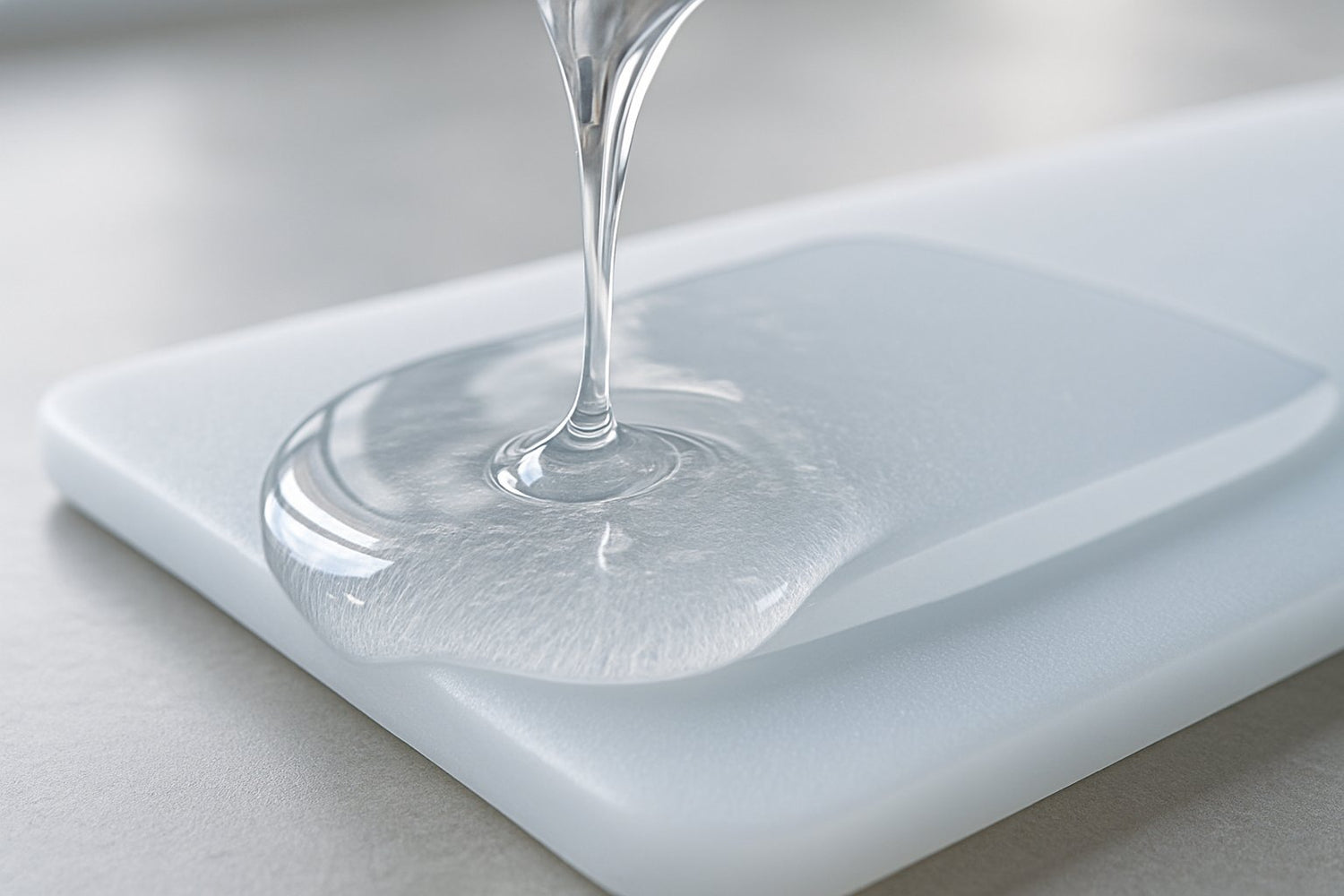

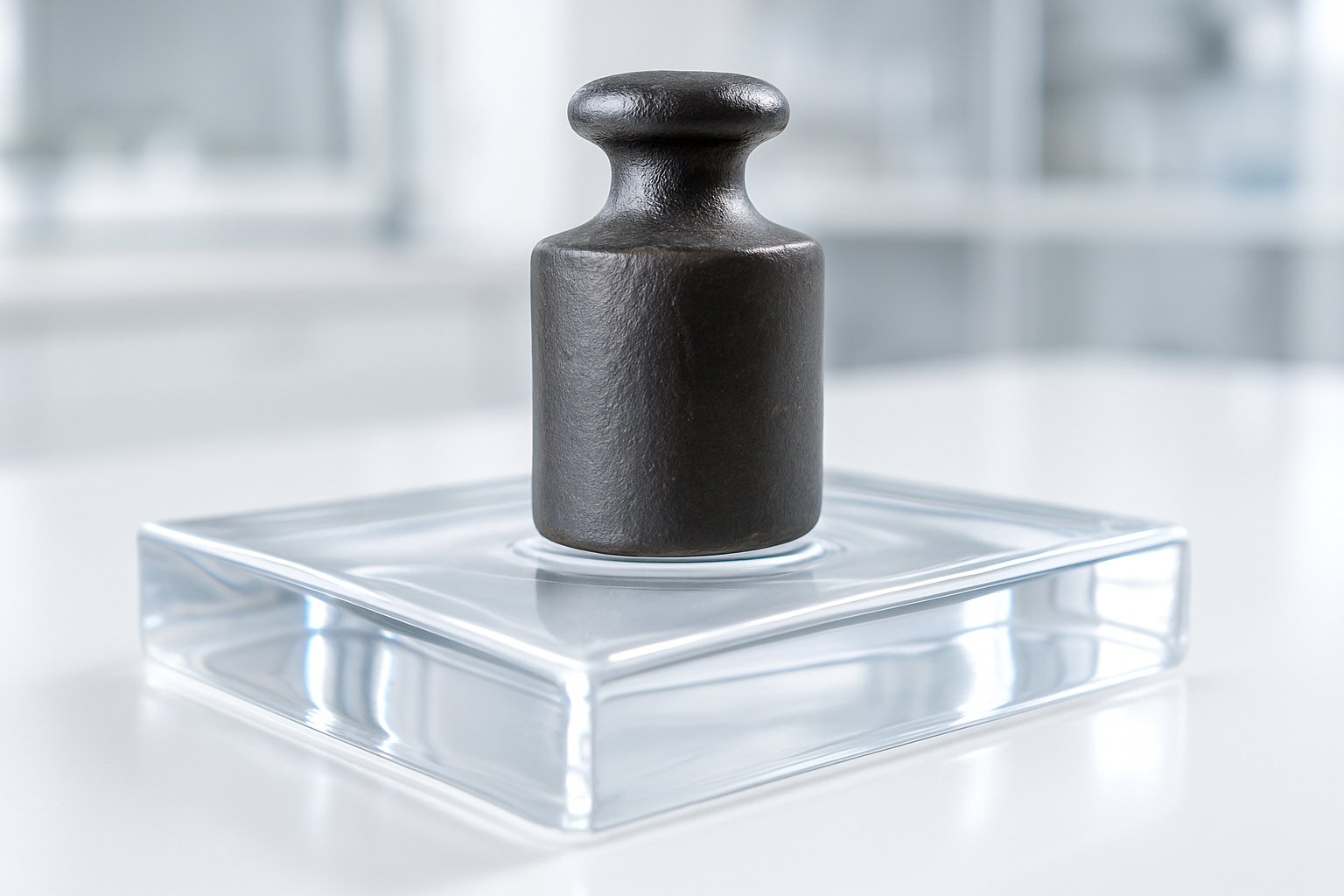
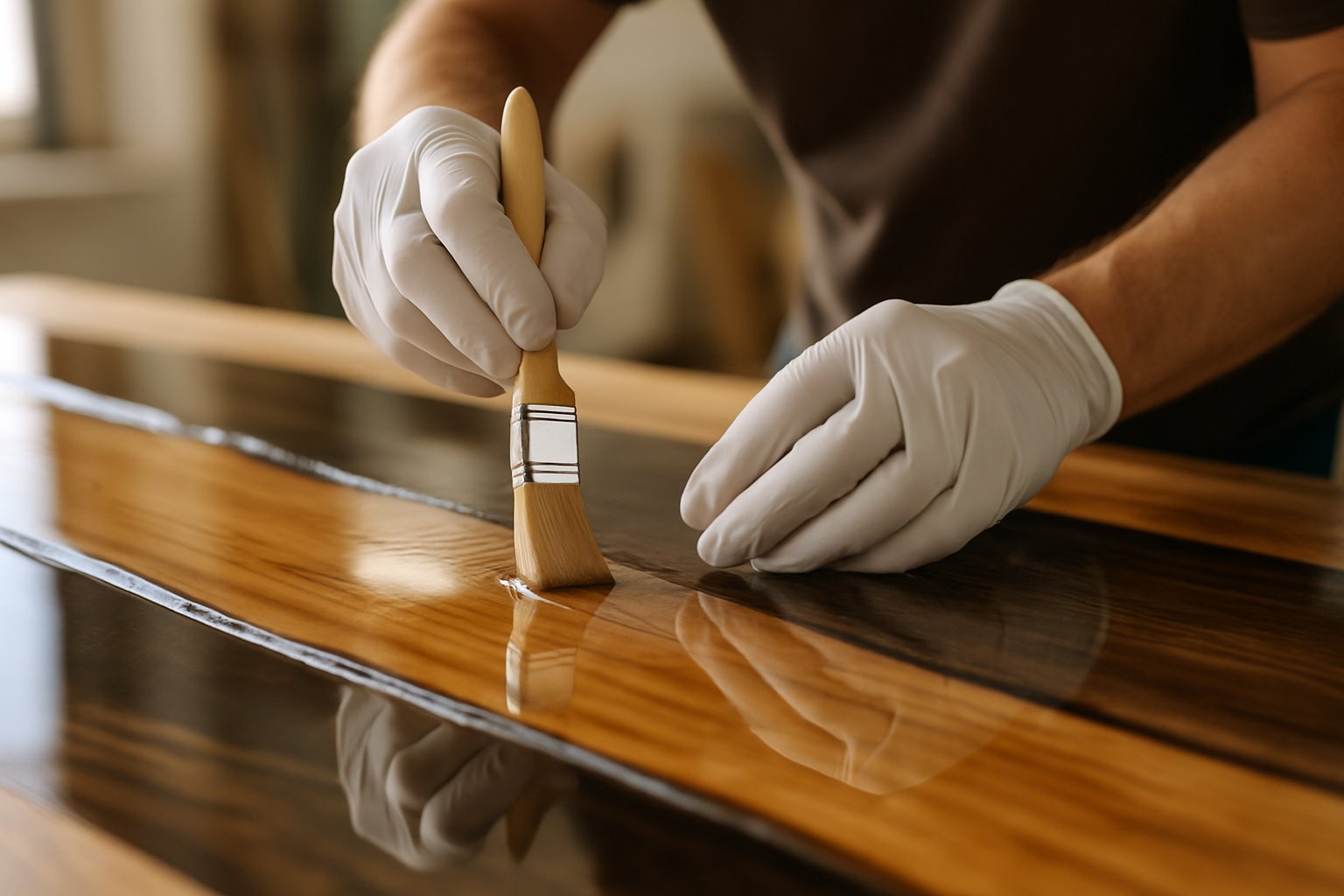
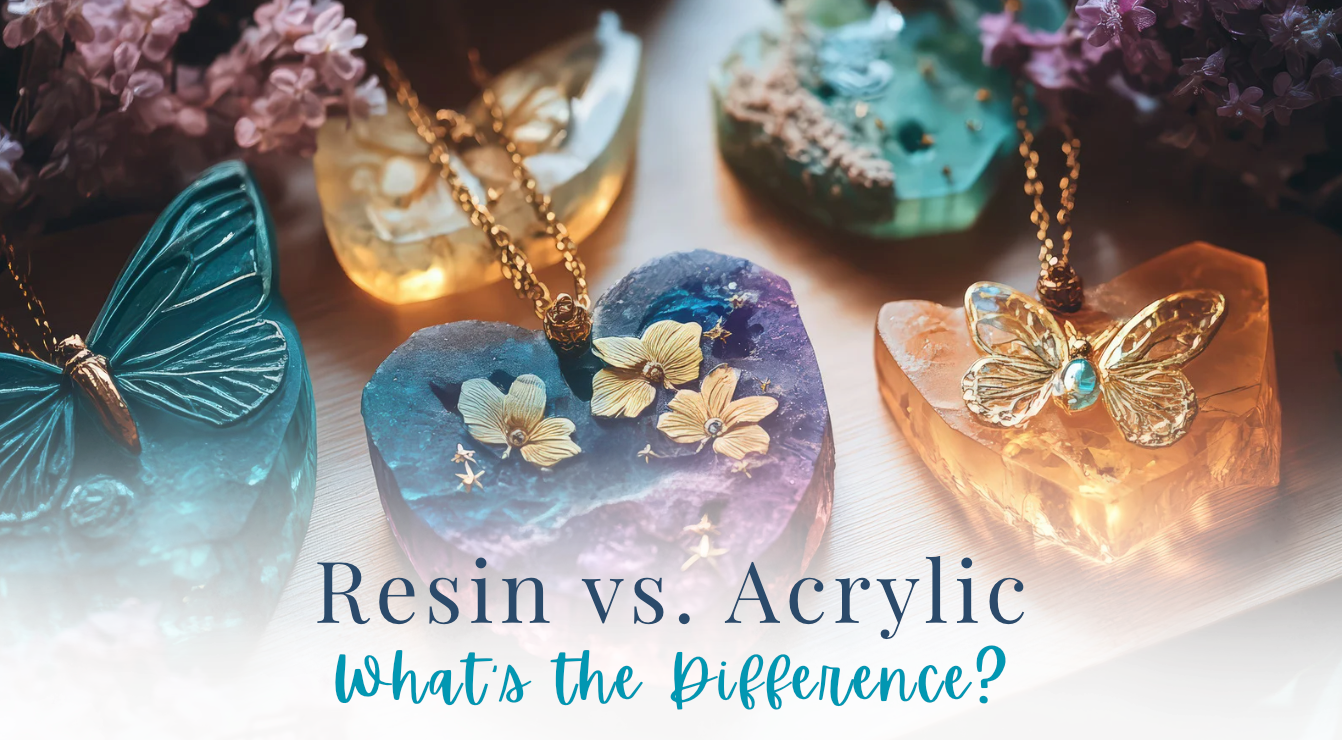

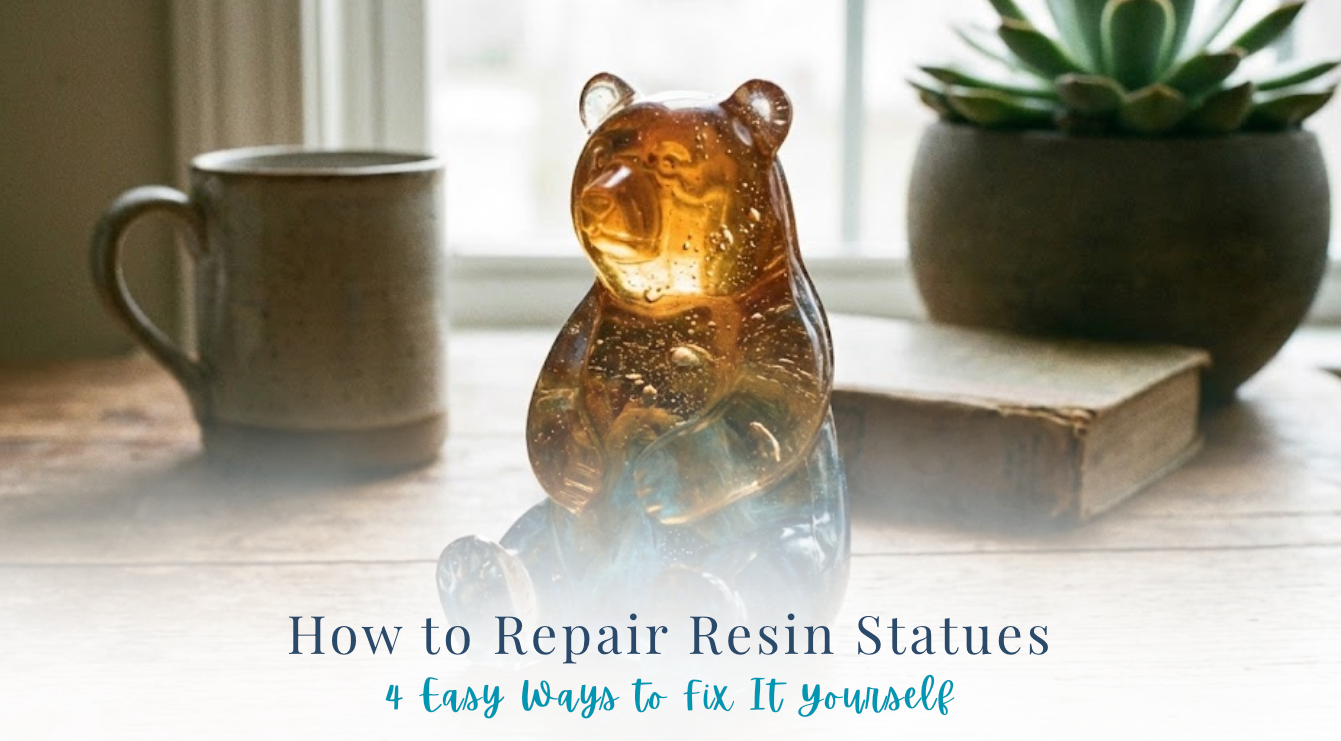

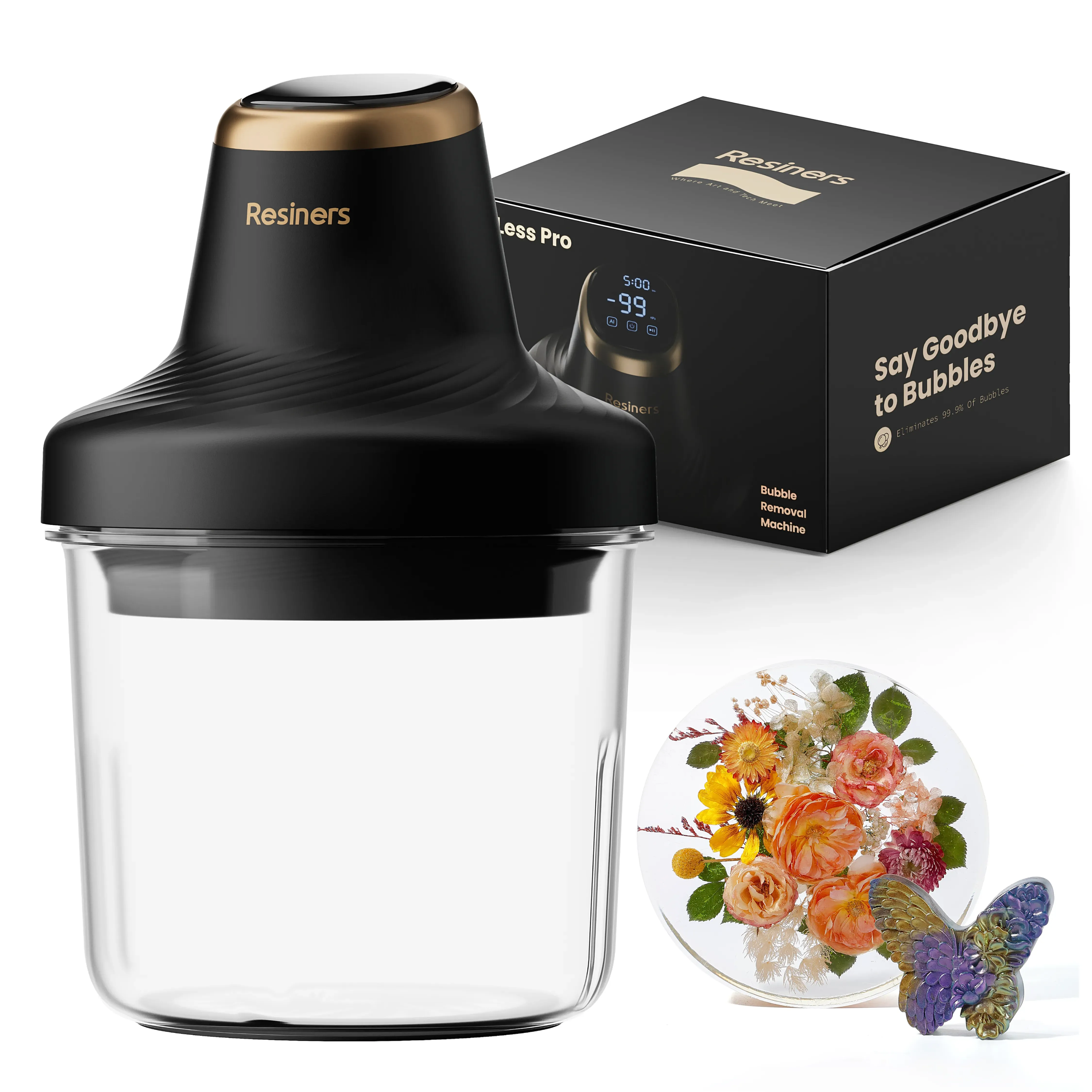



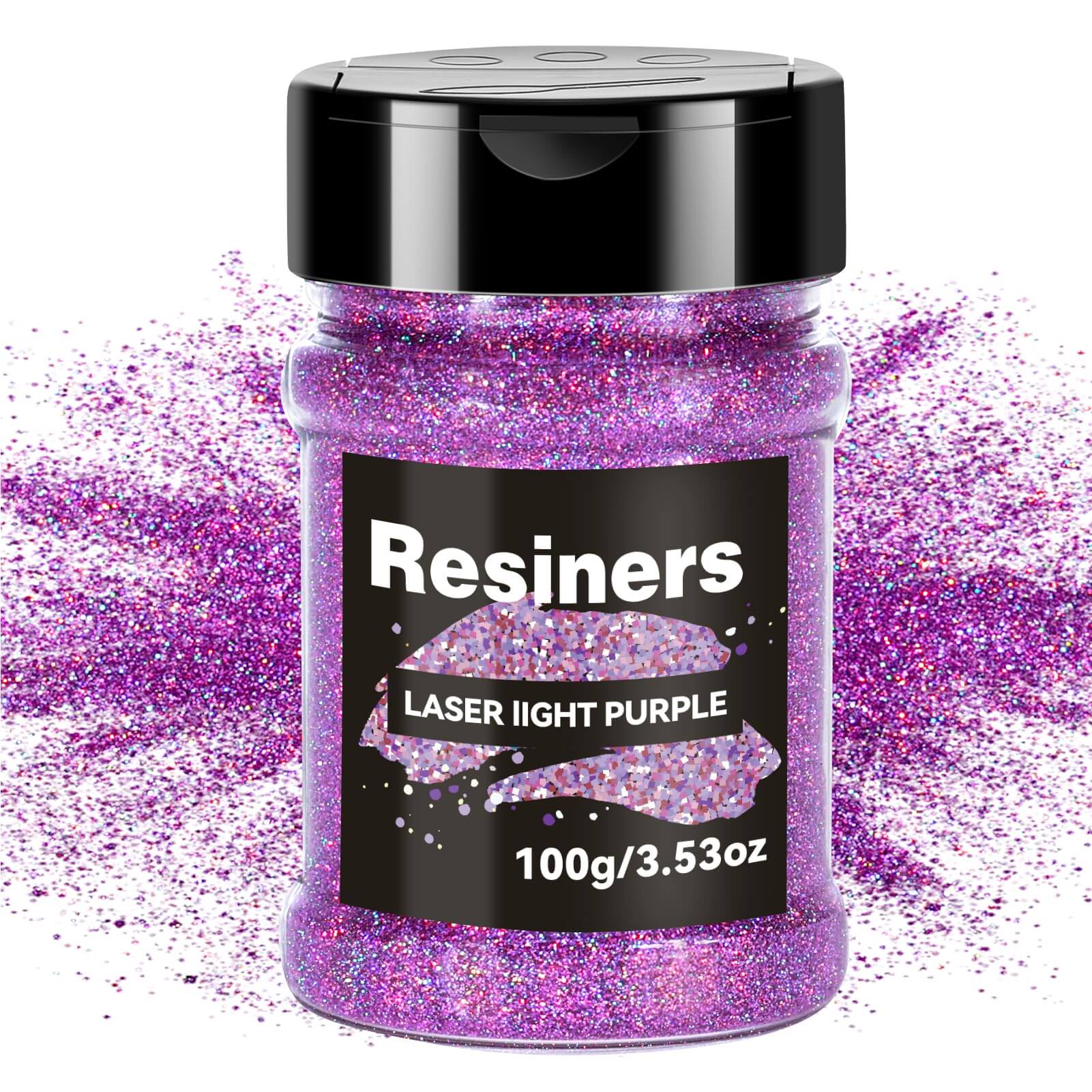
Laisser un commentaire
Ce site est protégé par hCaptcha, et la Politique de confidentialité et les Conditions de service de hCaptcha s’appliquent.